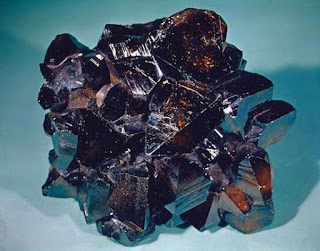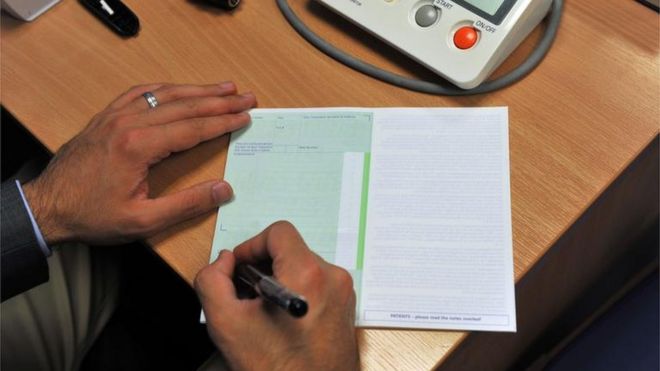Going Batty
This week Dr Matt Zeale and Andy Carr from the University of Bristol are returning to Fingle to continue their bat survey. Back in June I was lucky enough to join them for the first of four evenings of detecting and trapping…
Though it was only late afternoon, as we assembled at the Fingle Bridge the moths were out and the midges were beginning to bite which, we were assured, boded well for a successful night. Our evening started with a tour around Fingle so Matt and Andy could familiarise themselves with the woods and identify potential trapping locations. As we drove, Andy explained that to date very little bat surveying has taken place in Fingle (the only exception being a number of emergence surveys on the larch that had to be clear felled because it was infected with phytophthora).
Their excitement at trapping somewhere that hadn’t been trapped before was palpable. Members of the Fingle team were no less eager as understanding what species are present is vital for our restoration and management of the woods. Matt and Andy had therefore been asked to conduct an audit of sorts, using bat detectors and traps to identify what species of bats are present. Although they were keen to stress that the survey isn’t definitive, if we don’t record a particular species it doesn’t mean it isn’t here. But four nights of trapping, two in June and two this week, should provide us with a good picture.
We were on the lookout for locations to site two different styles of trap, mist nets and harp traps. Mist nets are typically made of a fine polyester or nylon mesh suspended between two aluminium poles (so it resembles a volleyball net) and are approximately 6 metres wide. We were therefore looking for a narrow, natural tunnel where the net can span the gap in the vegetation, as bats have a tendency to fly in the middle, equidistant from all vegetation.

A bat caught in the fine mesh of the mist net
Harp traps are smaller than mist nets, measuring approximately 3m wide and 4m high. We were therefore keeping our eyes peeled for a small window in the vegetation in which to site the device. It comprised a stainless steel frame with dozens of fine filaments stretched from top to bottom. It capitalises on bats’ flight characteristic of turning perpendicular to the ground to pass between obstacles (in this case the traps strings) but as they can’t maintain that angle of flight they drop unharmed into a catch bag below. This bag means harp traps are less labour intensive than mist nets as they only have to be checked every 30 minutes (and don’t carry a risk of entanglement). As the trap is only small they are often used in conjunction with a lure to increase effectiveness. A lure plays bat echolocation and social calls (either synthetic or playback), tricking them into thinking there are other bats in the area. As we were trying to see which species are present our lures were programmed to cycle through a mix of different species calls.
As surveying takes place at sunset, after we had found some suitable locations for the traps we retired to the pub to have some food to sustain us for the long night ahead. Replete, we returned to the woods to set up the traps. As the birdsong drifted away we hoisted the first of the two mist nets into the natural tunnel created by the vegetation overhanging the riverside track. This process required great care as the fine mesh nets can easily become tangled or damaged. In the dappled dusk light the net was virtually invisible, a point reiterated by the fact that we had no sooner put the net up when a bat flew into it (Tom and I were still clinging to the poles as Matt had gone to grab the guy lines). Terribly excited by our instant success we summoned Matt back to discover it was a soprano Pipistrelle. We were suitably impressed that he was able to identify it by its musty smell; an ID confirmed when he checked the markings on its wings. With the sound of a tawny owl in the distance heralding night-fall we hurried to erect the other mist net on the path that leads down from the Hillfort, whilst Andy put up three harp traps.
As soon as the traps were in place excited shouts of “Matt” and “Bat” (often indistinguishable) were ringing through the air from every direction. The mist nets proved productive with five Pipistrelle (including two sopranos of which one was lactating) and a heavily pregnant Barbastelle. The Barbastelle has a distinctive pug-shaped nose and is very rare, with numbers in the UK only thought to be around 5000. This was therefore a very exciting find although we were divided over whether its squashed nose was endearing or ugly! It also yielded my favourite find of the evening, a brown long-eared bat. Long-ears are unmistakable, with (as the name suggests) very long, ram like, ears.
Next we set about checking the catch bags on the harp traps. On first inspection the bag was empty but Andy’s trained eye spotted a bat tucked in the top right hand corner, which was a female Daubenton. As a widespread species mostly found in woodlands which roosts close to water, its appearance wasn’t perhaps surprising.
As we were walking along the river to check on the other two harp traps, we heard a really loud splash and turned to see huge ripples emanating from a spot in the river below us. I suspected it was an otter, a suspicion later confirmed by an unmistakable chirping noise. You could also just make out Daubenton bats skimming the surface of the water, again a sighting confirmed by the fact that the bat detectors in our hands (which divides the frequency of the calls by 8 to make them audible) was busy picking up common Pips and Daubenton’s.
The first harp trap we checked was empty but the second had a bat in it. Andy established that it wasn’t pregnant so he let us put our identification to the test with the help of the FSC (Field Studies Council) guide. The guide was very good and clear until we tried to distinguish between the different Pipistrelle species. However, with Andy’s help we established it was a non-breeding female Soprano.
We returned to find they had found another brown long-eared in the harp trap and a pregnant common Pipistrelle. We all called it a night at midnight leaving Andy and Matt and Tom (our gadget volunteer) to finish the last couple of hours of surveying in peace.









